Every morning, a cup of coffee in hand, I wander out to the front garden to see what wonders the night has brought and I am never disappointed. This morning as I approached, a host of goldfinch created a blaze of bright yellow as they flew from the purple coneflower seeds they had been feeding on.
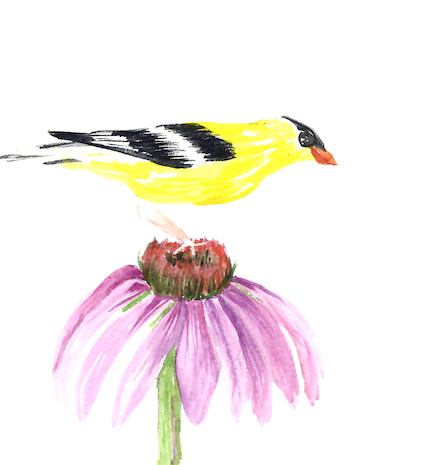
Goldfinch are hardly rare, particularly at this time of year but this does not diminish my enthusiasm in the least. They are simply beautiful creatures with their bright yellow bellies and backs and bold black wings and head patches. Only the males exhibit this coloration and only during breeding season, which lasts from mid-July through September.
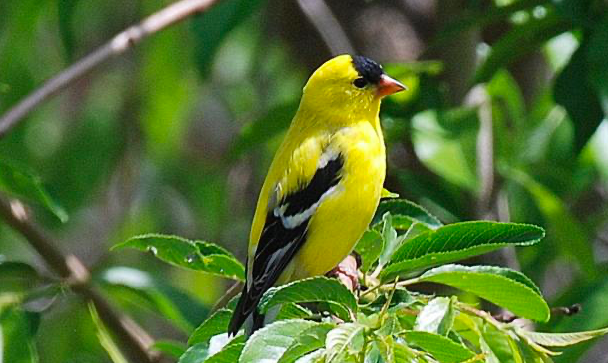
The late breeding season corresponds with the appearance of seeds from their favorite plants. Milkweeds, thistles, sunflowers, zinnias, black-eyed Susans, coreopsis and purple coneflowers all provide an abundant source of food for goldfinch. In spite of its seemingly voracious appetite, though, a goldfinch only weighs about a half ounce.
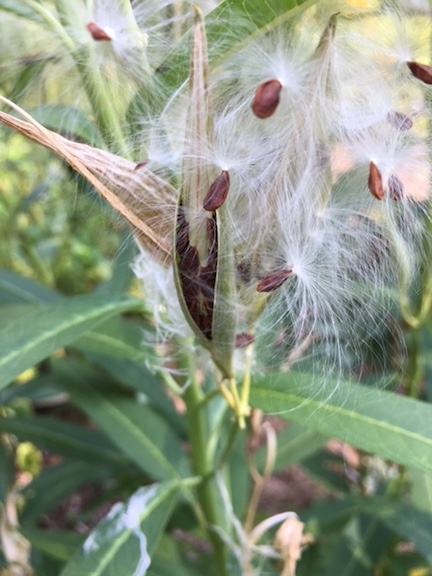
The brightest plumage is shown by the healthiest males who are best able to absorb carotenoid pigments from the seeds they eat. According to Dr. Kevin McGraw, an ornithologist at Arizona State University, females are attracted to the brightest birds because they have proven to be the healthiest and best providers.
After breeding, when they no longer have to dazzle and impress with gorgeous plumage, the males molt and the new feathers are a much more subtle dull yellow and buff color.
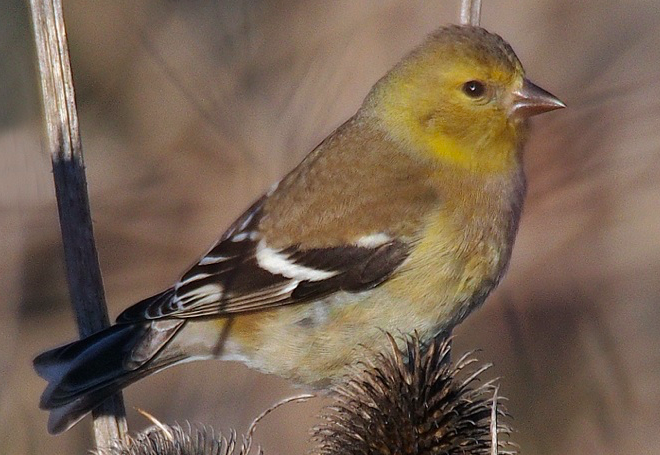
Goldfinch are monogamous and generally have one to two broods each year. While the female builds the nest (which measures about 3 inches across) and tends to the second brood, the males take over feeding the first brood.

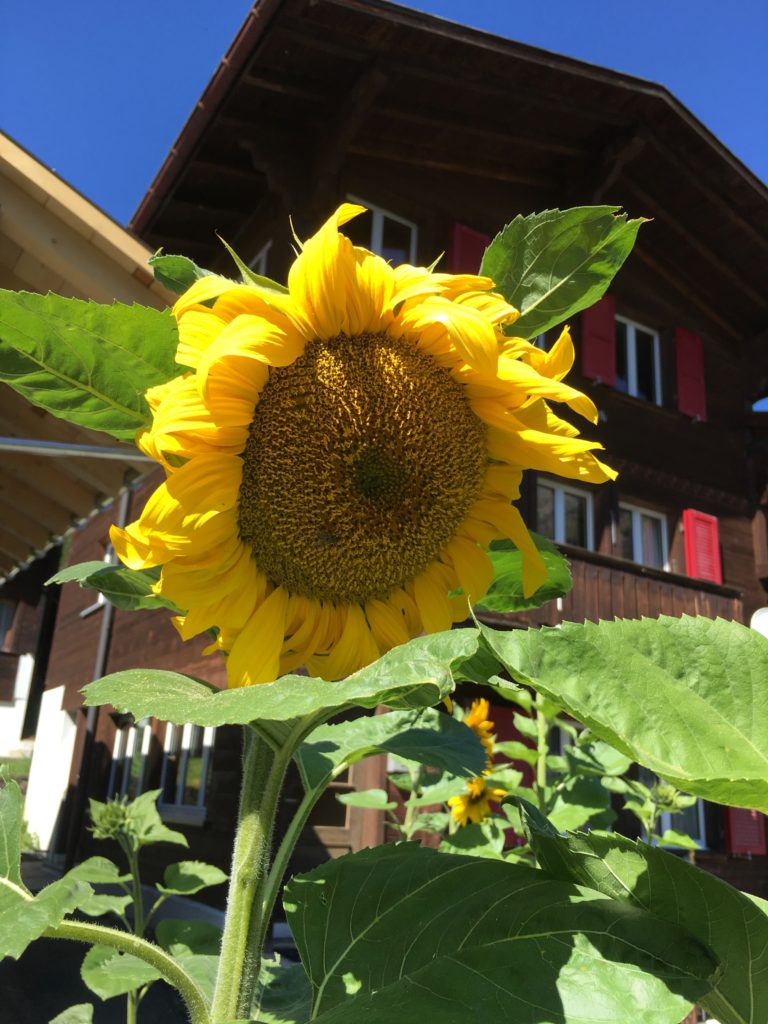
It’s easy to attract goldfinch to the garden. In summer, plant their favorite seed food and in winter, fill bird feeders with thistle or sunflower seeds. Then sit back and enjoy the show.
